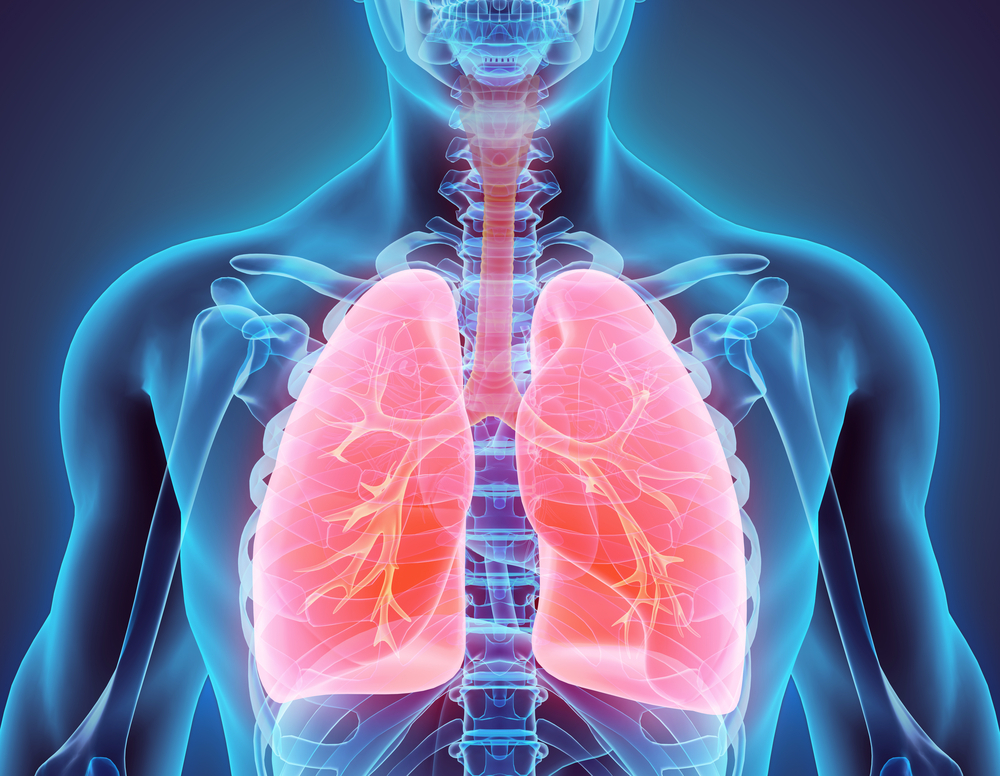
The intricate landscape of respiratory health is painted with a myriad of conditions, ranging from acute infections with treatable outcomes to persistent chronic challenges requiring ongoing management. In this extensive discourse, we embark on a comprehensive journey through the nuances of the eight most prevalent respiratory diseases, shedding light not only on their diverse manifestations but also on the complexities surrounding their diagnosis and causative factors.
1. Asthma: A Chronicle of Chronic Inflammation
Asthma, afflicting a staggering 25 million individuals in the United States, stands as a chronic inflammatory disease. The airways, narrowed by inflammation or blocked by mucus, lead to breathing difficulties of varying severity. Those with a familial history of asthma, respiratory allergies, or a background of severe childhood respiratory illnesses face an elevated risk. To manage symptoms and prevent flare-ups, a significant number of individuals rely on daily preventive medications.
Unraveling the Diagnostic Enigma
The diagnosis of asthma unfolds with a meticulous analysis of one’s health history. Subsequent to this, healthcare providers may deploy spirometry, a breathing test measuring both the volume and speed of exhaled air, to tailor treatment plans according to individual nuances.
Symptoms
Asthma can manifest through several distinctive symptoms, including:
- Wheezing
- Coughing
- Tightness in the chest
- Shortness of breath
2. Chronic Obstructive Pulmonary Disease (COPD): An Umbrella of Respiratory Challenges
COPD, an umbrella term encompassing emphysema and chronic bronchitis, manifests as progressive lung diseases. Emphysema’s genesis lies in the deterioration of the alveoli, leading to decreased lung elasticity. Chronic bronchitis, on the other hand, involves persistent irritation and inflammation of the bronchial tubes. Smoking remains a major contributor, but exposure to other pollutants and chemicals can also play a role. Age and obesity amplify the risk factors for emphysema.

Navigating the Landscape of Symptoms
COPD presents with an array of symptoms, including frequent coughing, mucus production, wheezing, and shortness of breath. Recognizing these indicators is crucial for prompt intervention.
3. Cystic Fibrosis: Decoding Genetic Intricacies
Cystic fibrosis, a genetic condition impacting approximately 35,000 individuals in the United States, introduces challenges in both breathing and digestion. Genetic mutations result in thickened body mucus, leading to blockages in the lungs and heightened vulnerability to infections.
Symptoms and Diagnosis
The symptoms of cystic fibrosis span a spectrum, encompassing persistent coughing, wheezing, respiratory or sinus infections, and poor weight gain. Early diagnosis, often occurring during newborn screening, is critical for implementing comprehensive care strategies.
4. Lung Cancer: The Ominous Presence
Lung cancer, ranking third among the most common cancers in the United States with over 218,000 affected individuals, unfolds as either small cell or non-small cell lung cancer. Cigarette smoking, both direct and secondhand, emerges as a pivotal risk factor.
Symptoms and Diagnostic Expedition
Lung cancer symptoms can be insidious, including chest pain, chronic cough, difficulty breathing, wheezing, weight loss, and fatigue. Diagnosis involves a comprehensive assessment, including imaging tests like CT and PET scans, and may extend to further confirmatory tests such as biopsy and sputum cytology.
5. Tuberculosis: The Lingering Infectious Threat
Tuberculosis, a bacterial lung disease impacting over 1.8 billion people globally, emerges either as an active or latent form. While latent tuberculosis may remain dormant in individuals with strong immune systems, the active form attacks lung tissue, potentially spreading to other body parts.
Symptoms and Confirmatory Measures
Tuberculosis symptoms, ranging from prolonged cough to night sweats, necessitate vigilant diagnosis. Healthcare providers may employ skin or blood tests, chest X-rays, and additional assessments to confirm tuberculosis.
6. Bronchitis: The Inflammatory Dilemma
Bronchitis, triggered by irritation or inflammation of the bronchial tubes, results in excessive mucus production and difficulty breathing. Acute bronchitis, often infection-induced and transient, contrasts with chronic bronchitis, a persistent condition exacerbated by repeated exposure to irritants like cigarette smoke.
Symptoms and Diagnostic Trail
Chronic bronchitis shares symptoms with COPD, including frequent coughing, wheezing, shortness of breath, and chest tightness. Diagnosis typically involves a health exam, with chest X-rays ordered in certain cases to rule out pneumonia.
7. Pneumonia: A Multifaceted Pulmonary Challenge
Pneumonia, a generic term for diverse infectious agents affecting lung air sacs, impedes oxygen exchange. While symptoms may range from mild to severe, severe cases may require hospitalization.
Symptoms and Diagnostic Odyssey
Pneumonia symptoms include fever, chills, cough with phlegm production, shortness of breath, and chest pain. Diagnosis involves a thorough examination, with blood tests, oximetry, sputum tests, and imaging studies contributing to a comprehensive assessment.
Further Explorations in Respiratory Diseases
As we embark on a nuanced exploration of the intricate realm of respiratory diseases, it becomes increasingly evident that numerous types share common symptoms, such as persistent coughing and shortness of breath. The significance of recognizing these shared indicators cannot be overstated, as they serve as crucial signals for the need to seek timely healthcare intervention. In the labyrinth of respiratory ailments, the ability to discern these common symptoms becomes pivotal for individuals to proactively address potential health concerns.
Persisting respiratory issues, such as an enduring cough or recurrent shortness of breath, warrant a conscientious approach towards seeking professional advice. At this juncture, the importance of consulting a pulmonologist, a specialized healthcare professional focused on respiratory disorders, becomes paramount. Their expertise allows for a comprehensive evaluation of symptoms, aiding in the identification and management of specific respiratory conditions. In navigating the complex landscape of respiratory health, a pulmonologist’s specialized care can be instrumental in formulating targeted treatment plans tailored to individual needs.
The recognition of distinct nuances inherent in each respiratory ailment serves as a guiding principle for effective management and improved outcomes. Respiratory diseases encompass a spectrum of conditions, ranging from common ailments to more complex and chronic disorders. Each condition demands a unique understanding of its underlying mechanisms, triggers, and potential complications. Consequently, a nuanced approach facilitates personalized and targeted interventions, optimizing the likelihood of positive outcomes for individuals grappling with these respiratory challenges.
In essence, fostering awareness of shared symptoms and the need for prompt intervention aligns with the principles of preventive healthcare. By acknowledging the significance of persistent respiratory issues and taking proactive measures, individuals can contribute to their overall well-being. Furthermore, collaboration with healthcare professionals, particularly pulmonologists well-versed in the intricacies of respiratory ecology, ensures a comprehensive and specialized approach to respiratory health.
In conclusion, as we traverse the multifaceted landscape of respiratory diseases, the recognition of common symptoms serves as a gateway to timely and targeted healthcare interventions. The involvement of pulmonologists, specialists in respiratory health, becomes essential for navigating the complexities of specific conditions. Embracing a nuanced understanding of each respiratory ailment contributes to improved management strategies, fostering better outcomes and ultimately enhancing the quality of life for individuals facing respiratory challenges.
Related Topics:
- Magnetic Surgical Robot Makes International Debut in Chile Hospital
- Mycoplasma Pneumoniae Outbreaks: A Closer Look at Recent Cases in Ohio, China, and Beyond
- https://www.healthline.com/health/top-10-deadliest-diseases
- Top 10 Most Comment Health Issues – Common Senior Health Issues – Senior Health – University of Rochester Medical Center
